Charlie Hebdo (French pronunciation: French for Weekly Charlie) is a
French satirical weekly newspaper, featuring cartoons, reports, polemics, and
jokes. Irreverent and stridently non-conformist in tone, the publication
describes itself as strongly anti-racist and left-wing, publishing articles on
the extreme right, Catholicism, Islam, Judaism, politics, culture, etc. According
to its former editor, Charb (Stéphane Charbonnier), the magazine's editorial
viewpoint reflects "all components of left wing pluralism, and even
abstainers".
It first appeared in 1970 as a successor to the Hara-Kiri magazine. In
1981 publications ceased, but the magazine was resurrected in 1992. Charb was
the most recent editor, holding the post from 2009 until his death in the
attack on the magazine's offices in 2015. His predecessors were François
Cavanna (1969–1981) and Philippe Val (1992–2009). The magazine is published
every Wednesday, with special editions issued on an unscheduled basis.
It experienced two terrorist attacks, in 2011 and in 2015, which were
presumed to be in response to a number of controversial Muhammad cartoons
published by the magazine. In the latter of these attacks, twelve people were
killed, including several contributors, and the editor, Charb.
In 1960, Georges "Professeur Choron" Bernier and François
Cavanna launched a monthly magazine entitled Hara-Kiri. Choron acted as the director of publication
and Cavanna as its editor. Eventually Cavanna gathered together a team which
included Roland Topor, Fred, Jean-Marc Reiser, Georges Wolinski, Gébé (fr), and
Cabu. After an early reader's letter accused them of being "dumb and
nasty" ("bête et méchant"), the phrase became an official slogan
for the magazine and made it into everyday language in France
Hara-Kiri was briefly banned in 1961, and again for six months in 1966. A
few contributors did not return along with the newspaper, such as Gébé, Cabu,
Topor, and Fred. New members of the team included Delfeil de Ton, Pierre
Fournier, and Willem.
In 1969, the Hara-Kiri team decided to produce a weekly publication – on
top of the existing monthly magazine – which would focus more on current
affairs. This was launched in February as Hara-Kiri Hebdo and renamed L'Hebdo
Hara-Kiri in May of the same year. ('Hebdo' is short for 'hebdomadaire' –
'weekly')
In November 1970, the former French president Charles de Gaulle died in
his home village of Colombey
In order to sidestep the ban, the editorial team decided to change its
title, and used Charlie Hebdo. The new name was derived from a monthly comics
magazine called Charlie Mensuel (Charlie Monthly), which had been started by
Bernier and Delfeil de Ton in 1968. Charlie took its name from Charlie Brown,
the lead character of Peanuts – one of the comics originally published in
Charlie Mensuel – and was also an inside joke about Charles de Gaulle.
In December 1981, publication
ceased.
In 1991, Gébé, Cabu and others were reunited to work for La Grosse
Bertha, a new weekly magazine resembling Charlie created in reaction to the
First Gulf War and edited by comic singer Philippe Val. However, the following
year, Val clashed with the publisher, who wanted apolitical mischief, and was
fired. Gébé and Cabu walked out with him and decided to launch their own paper
again. The three called upon Cavanna, Delfeil de Ton and Wolinski, requesting
their help and input. After much searching for a new name, the obvious idea of
resurrecting Charlie Hebdo was agreed on. The new magazine was owned by Val,
Gébé, Cabu and singer Renaud Séchan. Val was editor, Gébé artistic director.
The publication of the new Charlie Hebdo began in July 1992 amidst much
publicity. The first issue under the new publication sold 100,000 copies.
Choron, who had fallen out with his former colleagues, tried to restart a
weekly Hara-Kiri, but its publication was short-lived. Choron died in January
2005.
On 26 April 1996, François Cavanna, Stéphane Charbonnier and Philippe
Val filed 173,704 signatures, obtained in 8 months, with the aim of banning the
political party Front National, since it would have contravened the articles 1,
2, 4, 6 and 7 of the Declaration of the Rights of Man and of the Citizen.
In 2000, journalist Mona Chollet was sacked after she had protested
against a Philippe Val article which called Palestinians
"non-civilized".
In 2004, following the death of Gébé, Val succeeded him as director of
the publication, while still holding his position as editor.
Controversy arose over the publication's edition of 9 February 2006. Under
the title "Mahomet débordé par les intégristes" ("Muhammad
overwhelmed by fundamentalists"), the front page showed a cartoon of a
weeping Muhammad saying "C'est dur d'être aimé par des cons"
("it's hard being loved by jerks"). The newspaper reprinted the
twelve cartoons of the Jyllands-Posten Muhammad cartoons controversy and added
some of their own. Compared to a regular circulation of 100,000 sold copies,
this edition enjoyed great commercial success. 160,000 copies were sold and
another 150,000 were in print later that day. In response, French President Jacques Chirac condemned "overt
provocations" which could inflame passions. "Anything that can hurt
the convictions of someone else, in particular religious convictions, should be
avoided", Chirac said. The Grand Mosque, the Muslim World League and the
Union of French Islamic Organisations (UOIF) sued, claiming the cartoon edition
included racist cartoons. A later
edition contained a statement by a group of twelve writers warning against
Islamism.
The suit by the Grand Mosque and the UOIF reached the courts in February
2007. Publisher Philippe Val contended "It is racist to imagine that they
can't understand a joke," but Francis Szpiner, the lawyer for the Grand
Mosque, explained the suit: "Two of those caricatures make a link between
Muslims and Muslim terrorists. That has a name and it's called racism.".
Future president Nicolas Sarkozy sent a letter to be read in court expressing
his support for the ancient French tradition of satire. François Bayrou and
future president François Hollande also expressed their support for freedom of
expression. The French Council of the Muslim Faith (CFCM) criticized the
expression of these sentiments, claiming that they were politicizing a court
case.
On 22 March 2007, executive editor Philippe Val was acquitted by the
court. The court followed the state attorney's reasoning that two of the three
cartoons were not an attack on Islam, but on Muslim terrorists, and that the
third cartoon with Muhammad with a bomb in his turban should be seen in the
context of the magazine in question, which attacked religious fundamentalism.
In 2008, controversy broke over a column by veteran cartoonist Siné
which led to accusations of antisemitism and Siné's sacking by Val. Siné sued
the newspaper for unfair dismissal and Charlie Hebdo was sentenced to pay him
€90,000 in damages. Siné launched a
rival paper called Siné Hebdo which later became Siné Mensuel. Charlie Hebdo
launched its Internet site, after years of reluctance from Val. In 2009, Philippe Val resigned after being
appointed director of France Inter, a public radio station to which he has
contributed since the early 1990s. His functions were split between two
cartoonists, Charb (Stéphane Charbonnier) and Riss (Laurent Sourisseau). Val
gave away his shares in 2011.
The paper's controversial 3 November 2011 issue, renamed "Charia
Hebdo" (a reference to Sharia law) and "guest-edited" by
Muhammad, depicted Muhammad saying: "100 lashes of the whip if you don't
die laughing."
There have been two attacks presumed to be in retaliation: one in 2011
and one in 2015.
In the early hours of 2 November 2011, the newspaper's office in the
20th arrondissement was fire-bombed and its website hacked. The attacks were
presumed to be linked to its decision to rename a special edition "Charia
Hebdo", with Muhammad listed as the "editor-in-chief". The
cover, featuring a cartoon of Muhammad by Luz (Renald Luzier), had circulated
on social media for a couple of days.
Charb was quoted by AP stating that the attack might have been carried
out by "stupid people who don't know what Islam is" and that they are
"idiots who betray their own religion". Mohammed Moussaoui, head of
the French Council of the Muslim Faith, said his organisation deplores
"the very mocking tone of the paper toward Islam and its prophet but
reaffirms with force its total opposition to all acts and all forms of
violence." François Fillon, the
prime minister, and Claude Guéant, the interior minister, voiced support for
Charlie Hebdo, as did feminist writer
Ayaan Hirsi Ali, who criticised calls for self-censorship.
In September 2012, the newspaper published a series of satirical
cartoons of Muhammad, some of which feature nude caricatures of him. Given that
this issue came days after a series of attacks on U.S. embassies in the Middle
East, purportedly in response to the anti-Islamic film Innocence of Muslims,
the French government decided to increase security at certain French embassies,
as well as to close the French embassies, consulates, cultural centers, and
international schools in about 20 Muslim countries. In addition, riot police
surrounded the offices of the magazine to protect it against possible attacks.
Foreign Minister Laurent Fabius criticised the magazine's decision,
saying, "In France, there is a principle of freedom of expression, which
should not be undermined. In the present context, given this absurd video that
has been aired, strong emotions have been awakened in many Muslim countries. Is
it really sensible or intelligent to pour oil on the fire?" The U.S. White
House stated "a French magazine published cartoons featuring a figure
resembling the Prophet Muhammad, and obviously, we have questions about the
judgment of publishing something like this." However, the newspaper's
editor defended publication of the cartoons, saying, "We do caricatures of
everyone, and above all every week, and when we do it with the Prophet, it's
called provocation."
On 7 January 2015, two Islamist gunmen opened fire at the Paris office
of Charlie Hebdo, killing twelve, including staff cartoonists Charb, Cabu, Honoré,
Tignous and Wolinski, economist Bernard
Maris and two police officers, and wounding eleven, four of them seriously.
During the attack, the gunmen were heard to shout Allahu akbar,
"the Prophet is avenged", and "I'm not killing you because you
are a woman and we don't kill women but you have to convert to Islam, read the
Qu'ran and wear a veil." President François Hollande described it as a
"terrorist attack of the most extreme barbarity". The two gunmen were
identified as Saïd Kouachi and Chérif Kouachi, both French.
The day after the attack, the remaining staff of Charlie Hebdo announced
that publication would continue, with the following week's edition of the
newspaper to be published according to the usual schedule with a print run of
one million copies, up significantly from its usual 60,000.
On January 9, 2015, the surviving staff of Charlie Hebdo – which include
editor Gérard Biard (fr) and cartoonists and journalists Catherine Meurisse
(fr), Patrick Pelloux (fr), Antonio Fischetti (fr), Luz (author) (fr), Willem
(author) (fr), Babouse (fr) and Zineb El Rhazoui– gathered to begin work
on the next issue of the magazine.
The French government granted nearly €1 million to support the magazine.
The Digital Innovation Press Fund
(French: Fonds Google–AIPG pour l’Innovation Numérique de la presse), partially
funded by Google, donated €250,000 , matching a donation by the French Press and
Pluralism Fund. The Guardian Media Group
has pledged a donation of £100,000.
After the attacks, the phrase Je suis Charlie, French for "I am
Charlie", was adopted by supporters of free speech and freedom of
expression who were reacting to the shootings. It identifies a speaker or
supporter with those who were killed at the Charlie Hebdo shooting, and by
extension, a supporter of freedom of speech and resistance to armed threats. Some
journalists embraced the expression as a rallying cry for the freedom of self-expression.
The slogan was first used on Twitter and spread to the Internet at
large. The website of Charlie Hebdo went offline shortly after the shooting,
and when it returned it bore the legend Je Suis Charlie on a black background. The
statement was used as the hashtag #jesuischarlie on Twitter, as computer-printed or hand-made placards and
stickers, and displayed on mobile phones at vigils, and on many websites,
particularly media sites. While other symbols were used, notably holding pens
in the air, the phrase "Not Afraid", and tweeting certain images,
"Je Suis Charlie" is more widespread.






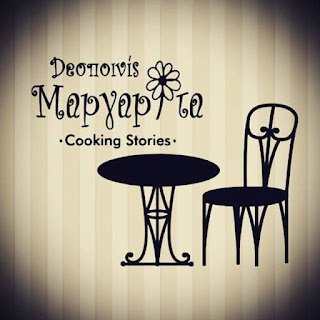













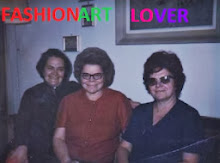










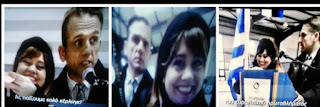


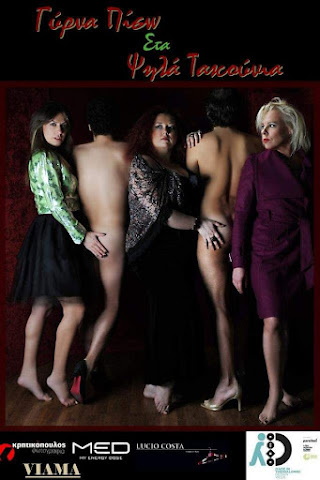


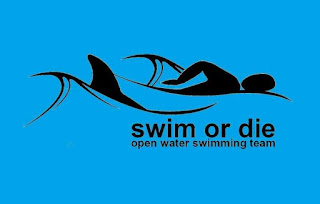

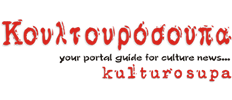



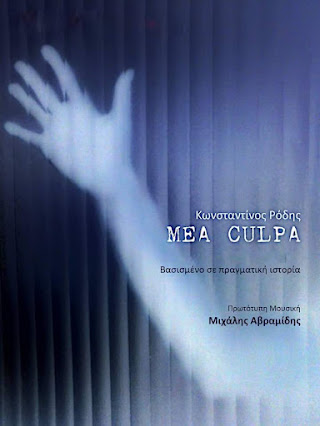






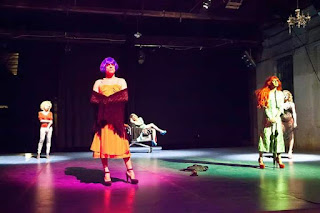
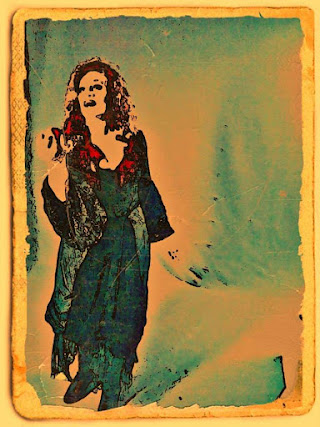

0 σχόλια:
Δημοσίευση σχολίου